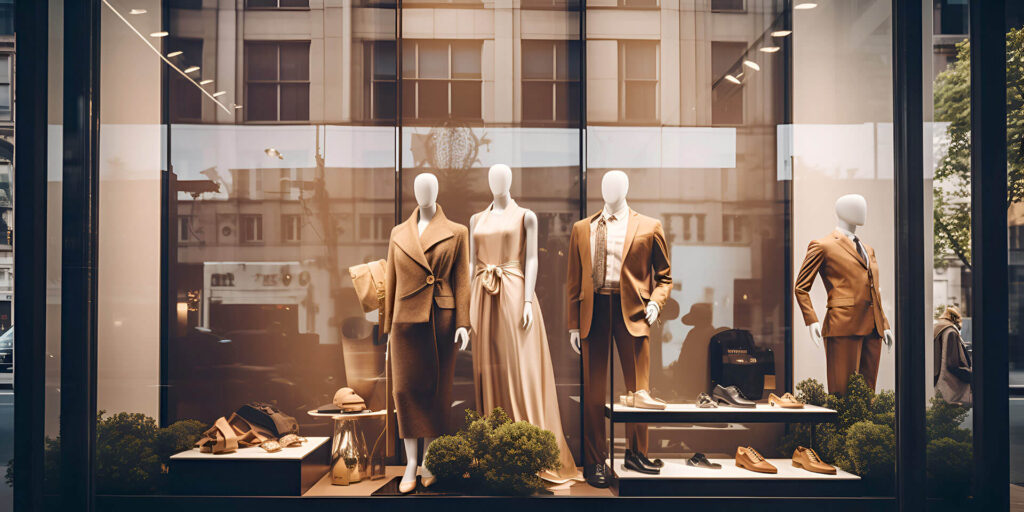Visual merchandising is an essential discipline in the world of retail. Responsible for creating engaging visual experiences at the point of sale to influence consumer behavior and improve sales.
Through the visual presentation of products and the configuration of the sales space, brands can tell stories, convey their identity and connect emotionally with customers.
Furthermore, it is a discipline closely monitored by analytical data that has been obtained over years of marketing, commerce and sociology studies.
Let’s look at it in more depth.
What is visual merchandising?
Visual merchandising goes beyond simply placing products on shelves.
It is a strategy that seeks to create a unique and attractive environment that invites customers to explore, interact and, ultimately, make purchases. This involves carefully arranging products, using visual elements such as colors and lights, and creating eye-catching displays.

How to apply it in the retail sector
There are five items that we must keep in mind when effectively betting on visual merchandising in retail, regardless of the brand, sign, size and location:
- Know your audience
What attracts them? What are your preferences? Knowing this will help you adapt the visual presentation to connect with them effectively.
- Brand consistency
From the color palette to the presentation style, everything should reflect the essence of the brand to build a strong identity.
- Space zoning
Divide the store space into clearly defined zones for different types of products. This makes navigation easier and helps customers find what they are looking for more efficiently.
- Strategic lighting
Appropriate lighting can enhance the presentation of products and create specific atmospheres. Experiment with spotlights to highlight key products and use softer lighting in breakout areas.
- Creative window displays
Window displays are your first opportunity to impress customers. Be creative, change the presentation regularly and use thematic elements to capture attention.

The importance of visual merchandising, in data
According to recent studies, 70% of purchasing decisions are made at the point of sale.
Additionally, it has been shown that an effective visual presentation can increase sales by up to 30%. Consumers generally respond positively to aesthetically pleasing and organized environments, highlighting the importance of visual merchandising in the shopping experience.
Likewise, there are several factors that must be put on the table to design an optimal visual merchandising strategy:
- Color preference in purchases trumps consideration of product size for many customers.
- More than a third of sales are made through impulsive purchases. In fact, 70% of purchases include impulse consumer products, revealing the frequency of these unplanned decisions.
- 90% of the information that reaches our brain is visual, emphasizing the importance of creating engaging visual experiences in the retail environment.
- The preference for visiting the same location despite having various branches or stores in different places or cities is due to the creation of a pleasant and unique shopping experience.
- The natural path in a store is established from right to left, taking advantage of an instinctive tendency that guides consumers through the space.
- Grouping products by concepts rather than categories encourages cross-selling, expanding purchasing options for customers.
- In exhibitions, 52% of sales are made at eye level, followed by 26% at hand level, while ground level represents 13% and head level 9%, highlighting the importance of strategic product placement at the point of sale.
70% of purchasing decisions are made at the point of sale and it has been shown that an effective visual presentation can increase sales by up to 30%

In short, investing in visual merchandising is essential to stand out in a competitive retail market. The combination of creativity, customer understanding and up-to-date data can turn the retail space into a place where consumers not only buy products, but have a unique and memorable experience.
Follow us in Linkedin, Instagram and Twitter, sign up to our newsletter and you will keep up to date with trends and issues related to retail.

